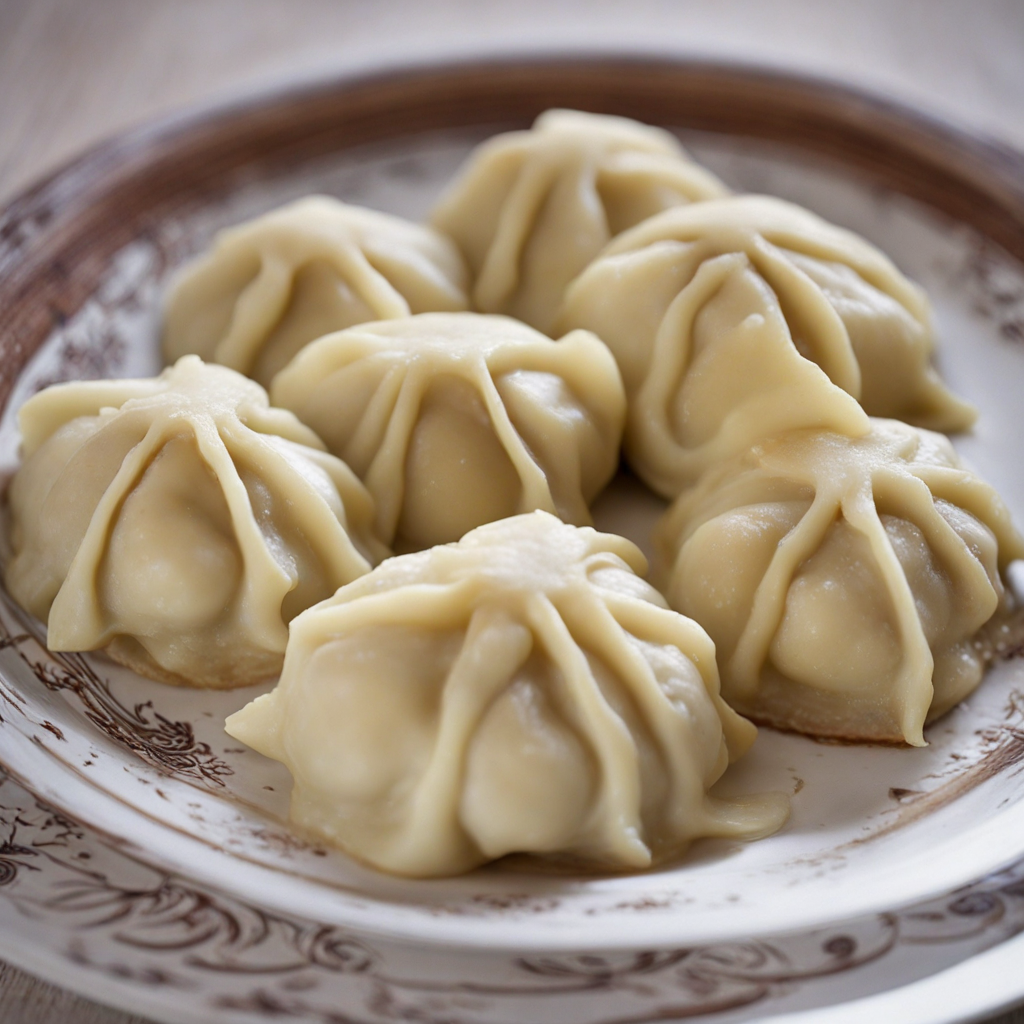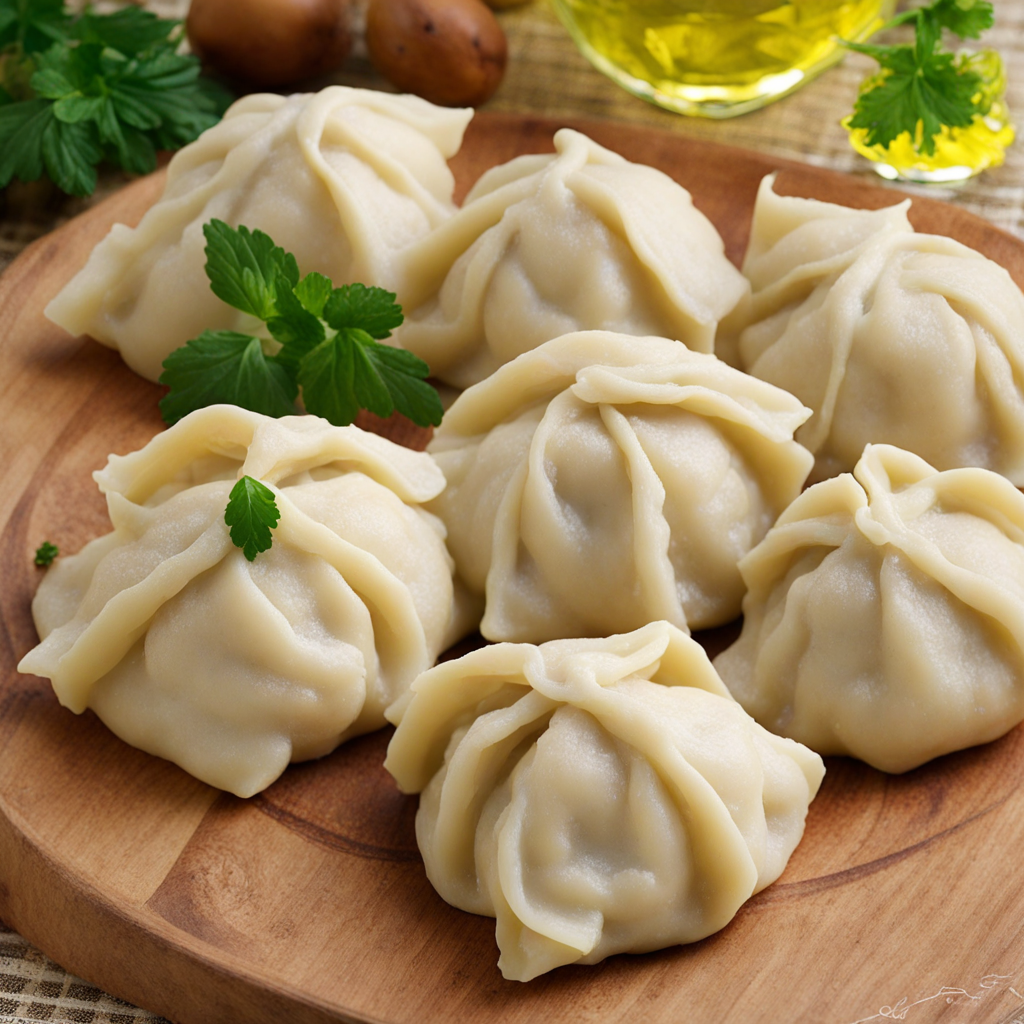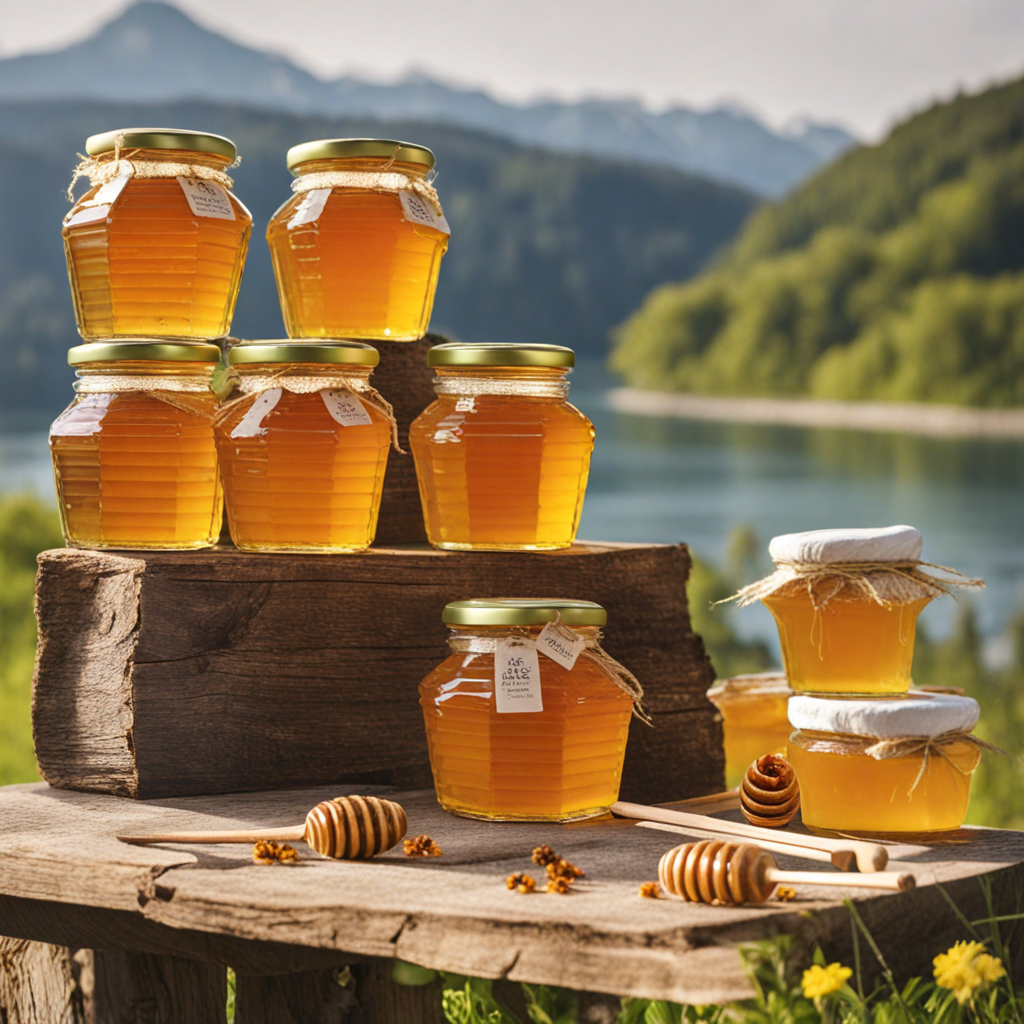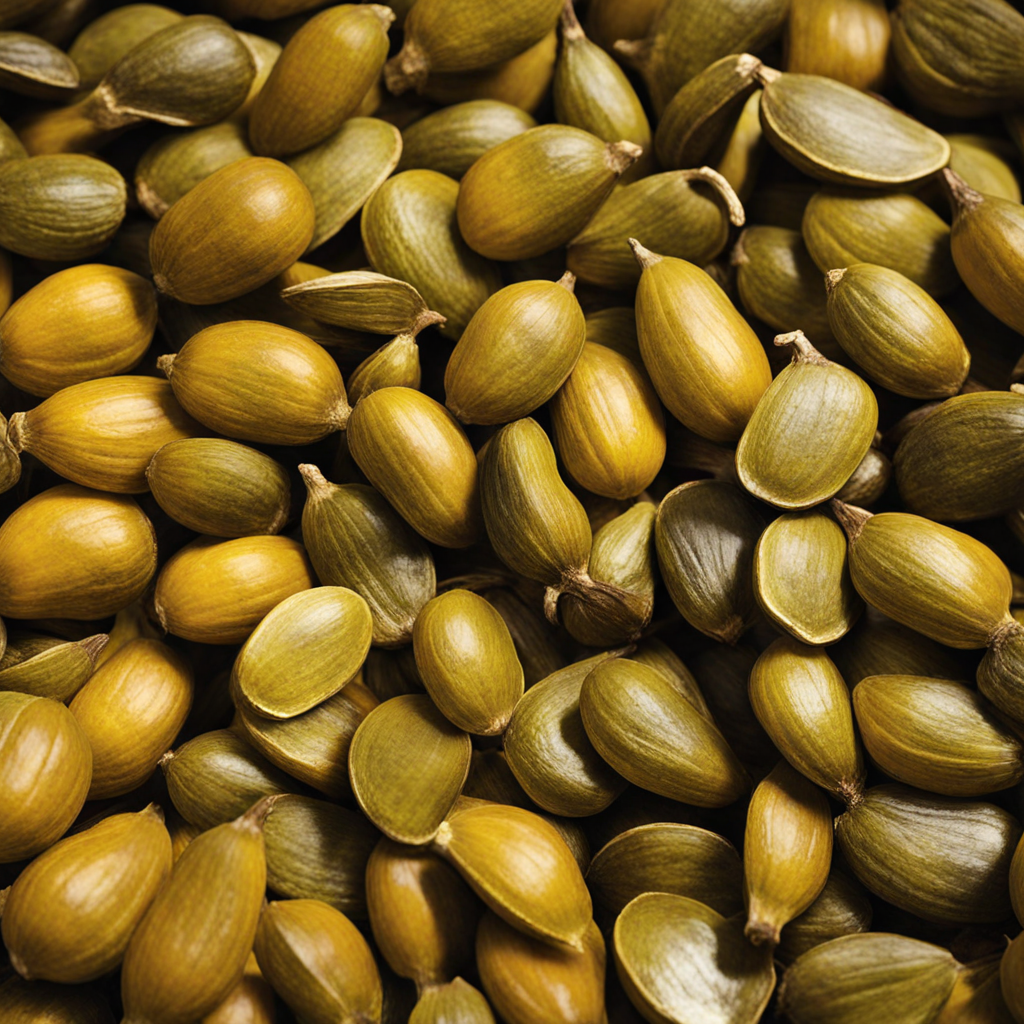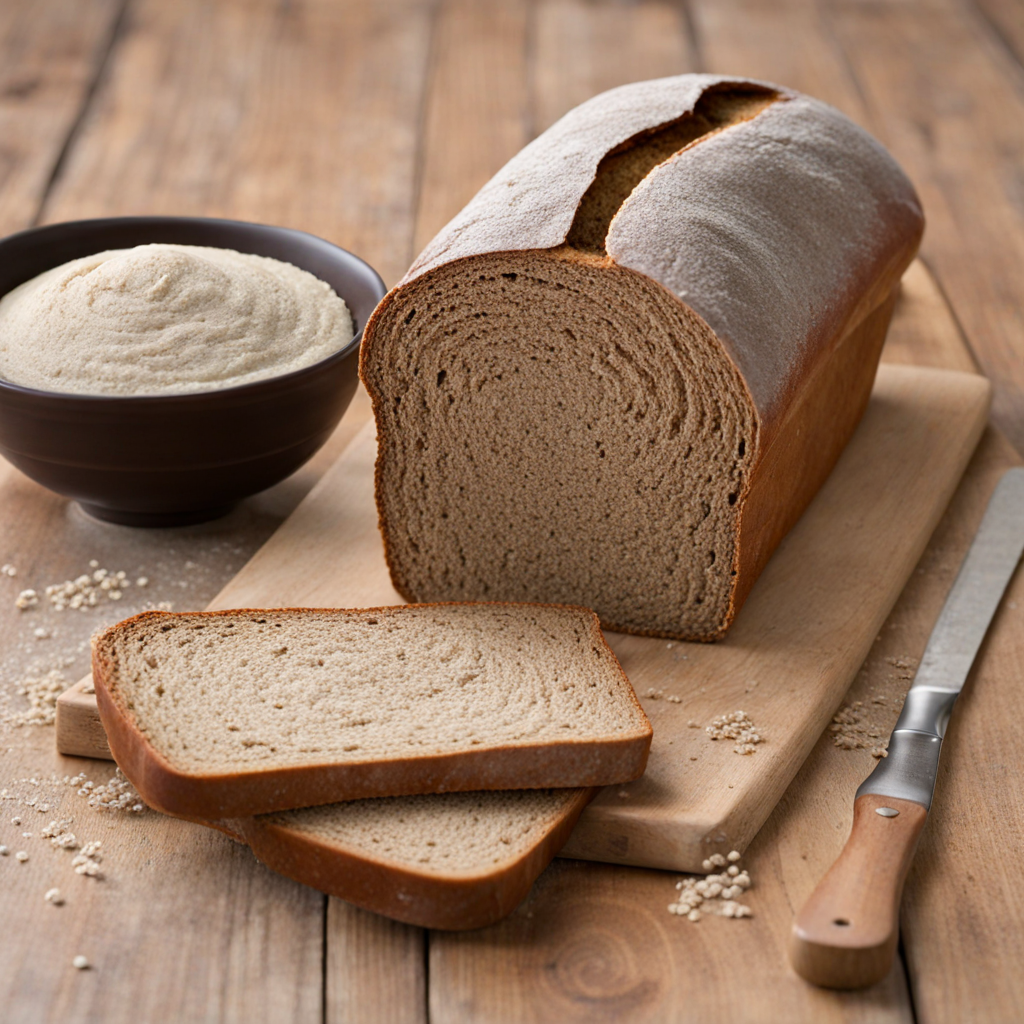Idrija Žlikrofi
Idrija Žlikrofi are delightful Slovenian dumplings that embody the rich culinary traditions of the Idrija region. These tender pasta pockets are filled with a savory mixture of potatoes, onions, and spices, often enhanced with the addition of local herbs. The dough is crafted from simple ingredients—flour, water, and eggs—resulting in a delicate yet robust texture that perfectly complements the savory filling. The process of making these dumplings is a labor of love, as each one is hand-formed, showcasing the artisanal skills passed down through generations. Served in a variety of ways, Idrija Žlikrofi can be enjoyed with a range of accompaniments that elevate their taste. Traditionally, they are boiled and served with a rich meat sauce or a drizzle of melted butter and breadcrumbs, allowing the flavors to meld beautifully. Some variations incorporate a sprinkle of grated cheese or fresh herbs, adding an extra layer of flavor that enhances the overall experience. Whether enjoyed as a comforting main dish or a delightful appetizer, these dumplings offer a delightful burst of flavor with every bite. The experience of savoring Idrija Žlikrofi is not just about taste; it's about connecting with Slovenian culture and history. As you indulge in these dumplings, you'll find that they tell a story of the region's heritage, showcasing the local ingredients and traditional cooking methods that have stood the test of time. Their unique flavor profile, combined with the warmth and hospitality of Slovenian cuisine, makes Idrija Žlikrofi a must-try for any food enthusiast eager to explore new culinary horizons.
How It Became This Dish
Idrijski Žlikrofi: A Culinary Gem from Slovenia Nestled in the picturesque landscape of Slovenia, in the town of Idrija, a unique culinary tradition has flourished for centuries. Idrijski žlikrofi, or Idrija dumplings, are not just a delicious dish; they are a cultural emblem that encapsulates the rich history and heritage of this region. This food history will explore the origins, cultural significance, and evolution of Idrijski žlikrofi, showcasing how this humble dumpling has become a celebrated symbol of Slovenian gastronomy. Origins The history of Idrijski žlikrofi can be traced back to the late 19th century, around the time when the town of Idrija was thriving due to its mercury mine, one of the largest in the world. The town's prosperity attracted a diverse population, including miners and their families, leading to a culinary melting pot. The miners’ need for a hearty and nourishing meal gave rise to various traditional dishes, among which were the žlikrofi. The dish is believed to have originated from the culinary practices of the local population, particularly the influence of Italian cuisine, which was prevalent in the region due to its proximity to the Italian border. The name itself, "žlikrofi," is derived from the Italian word "ravioli," reflecting this culinary connection. However, the Slovenian version has evolved to incorporate local ingredients and flavors, making it distinctively Slovenian. Cultural Significance Idrijski žlikrofi hold a special place in the hearts of the people of Idrija and Slovenia as a whole. They are not merely a dish but a cultural artifact that represents community, tradition, and identity. The preparation of žlikrofi is often a communal activity, bringing families and friends together in the kitchen. This practice fosters a sense of togetherness, as generations pass down the recipes and techniques of making these dumplings. In 2016, Idrijski žlikrofi was officially recognized as a traditional specialty of Slovenia, gaining protection under the European Union’s “Protected Geographical Indication” (PGI). This designation not only honors the dish's heritage but also ensures that the traditional methods of preparation and local sourcing of ingredients are preserved. The PGI status encourages local producers and restaurateurs to maintain the authenticity of the dish, thus promoting cultural pride and tourism in the area. Ingredients and Preparation The traditional filling of Idrijski žlikrofi consists of potatoes, onions, and various spices, all wrapped in a thin layer of dough made from flour, water, and sometimes egg. The use of potatoes is particularly significant, as they were a staple food for the miners, providing the necessary energy to sustain them through long hours of labor. Some variations also incorporate cheese, herbs, or even meat into the filling, depending on personal preferences and family recipes. The preparation process is meticulous and requires skill. First, the dough is rolled out into thin sheets, and the filling is placed in small mounds. The dough is then folded over and sealed, creating a half-moon shape. The dumplings are boiled until tender and are typically served with a drizzle of melted butter and a sprinkle of breadcrumbs or served with a meat sauce or sautéed onions. This simple yet flavorful preparation highlights the essence of Slovenian cuisine, which often emphasizes quality ingredients and home-cooked methods. Evolution Over Time As Slovenia underwent significant political and social changes throughout the 20th century, so too did the culinary landscape. The post-World War II era saw a shift towards modernization and globalization, impacting traditional cooking methods and recipes. However, Idrijski žlikrofi remained a beloved dish, with many families continuing to prepare it using time-honored techniques. In recent years, there has been a resurgence of interest in traditional Slovenian cuisine, spurred by a growing movement toward local and sustainable food practices. Chefs and food enthusiasts are increasingly exploring the roots of Slovenian gastronomy, leading to a revival of classic dishes like žlikrofi. Restaurants in Slovenia now proudly feature this dish on their menus, often with innovative twists that celebrate its heritage while appealing to contemporary palates. Additionally, food festivals and events dedicated to Idrijski žlikrofi have emerged, drawing attention to the dish and its cultural significance. The annual Idrija Žlikrofi Festival celebrates this dumpling with cooking competitions, tastings, and workshops, allowing both locals and visitors to immerse themselves in the culinary traditions of the region. This celebration not only promotes the dish but also helps to educate younger generations about the importance of preserving their culinary heritage. Conclusion Idrijski žlikrofi is more than just a dumpling; it is a testament to the resilience of cultural traditions in the face of change. From its origins in the mining town of Idrija to its recognition as a protected traditional specialty, žlikrofi embodies the spirit of Slovenian hospitality and culinary artistry. The dish serves as a reminder of the importance of community, family, and the preservation of local customs. As Slovenia continues to evolve and modernize, Idrijski žlikrofi stands as a culinary bridge between the past and the present. It is a dish that tells the story of a people, their struggles, and their triumphs, all encapsulated in a simple yet flavorful dumpling. Whether enjoyed at a local festival, a family gathering, or a fine dining restaurant, Idrijski žlikrofi will always hold a cherished place in the heart of Slovenian cuisine, inviting everyone to partake in its delicious history.
You may like
Discover local flavors from Slovenia


